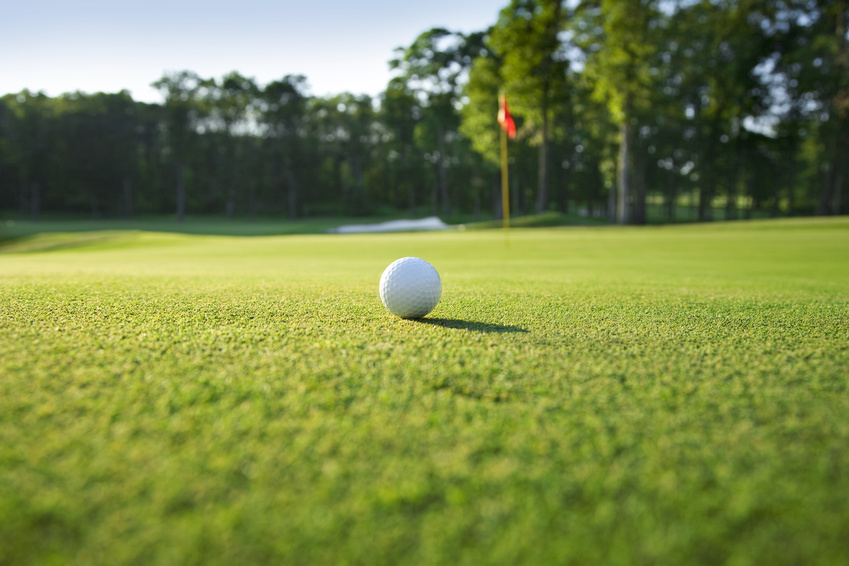What To Consider When Designing A Residential Putting Green
Artificial putting greens are an excellent addition to your backyard if you are looking for a way to perfect your stroke (or make your golf-loving neighbors jealous). Your own personal backyard putting green is a great place to relax after a long day at work. Whether you are installing the putting green so you can practice, or to help your children learn to play golf, you need to make the following design considerations.
- The size of your lawn: The size of the natural or synthetic putting green you install will depend on the size of your yard and what you want to achieve. You need to determine if you will be practicing different types of putts and shots or whether you will be trying to improve on your stroke. This will help you determine the amount of space you need.
- Is your yard suitable for grass to grow? A suitable spot for home golf greens will have enough sunlight, air movement, a water source, and a drainage system to get rid of the excess water when you irrigate the grass. You should also consider the location you want to install the putting green. If your purpose is to improve your game, you need to select a site that has hills and dips to make the golf course challenging enough for you. If the hills and dips are not available naturally, you should choose a location where they can easily be created. Healthy turfs provide you with a pleasing putting experience.
- Do you want real grass or synthetic turf? You do not have to go with real turf if you feel the maintenance will be too much of a hassle. Synthetic golf greens designed for putting greens will do the trick. The grass on these kinds of turfs is usually cut short to mimic the finest natural putting greens. The color is generally a dark green which makes the turf replicate the smooth texture and color of real grass. Synthetic home putting greens have several advantages over real grass. You don’t have to worry about the careful lawn maintenance involved in a putting green. This turf can also be installed indoors.
- Installing special features: In a real golf course, you are likely to find unique features such as sand traps which make the game more exciting and challenging. This can be an excellent addition to your residential putting green. Special features will require a large backyard, and if your yard is large enough, you can include multiple holes.
- The shape of the green: Your home putting green can be designed into any shape you want. You can replicate your favorite golf holes, hills, and dips. To best fit your golf needs, focus on the areas you want to improve and allow them to guide you on which shape and design will best suit you. Residential putting greens owners usually have projects that range between 600 square feet to 1,800 square feet and include a sand trap.
Backyard golf greens are not a trend that will die down soon. As more people become interested in learning how to play golf, it is clear that residential putting greens will only increase in popularity. Make sure to put into consideration the tips we have offered as you select the perfect spot for your putting green and remember to focus on the skills you want to improve.
